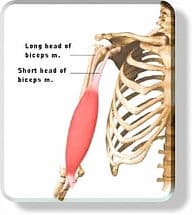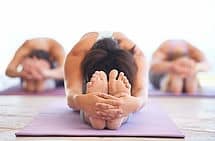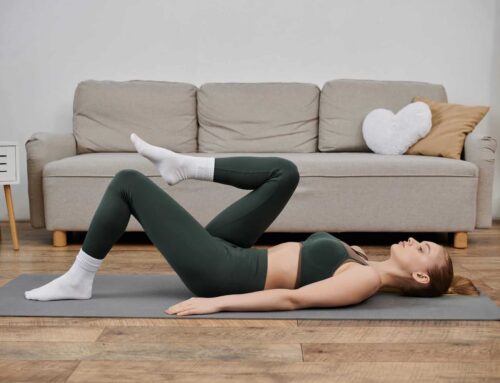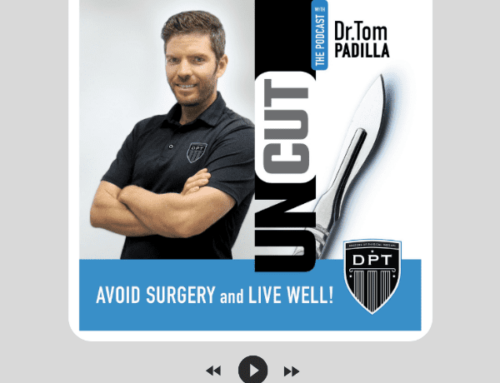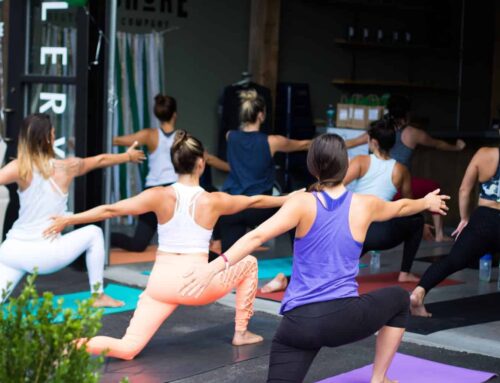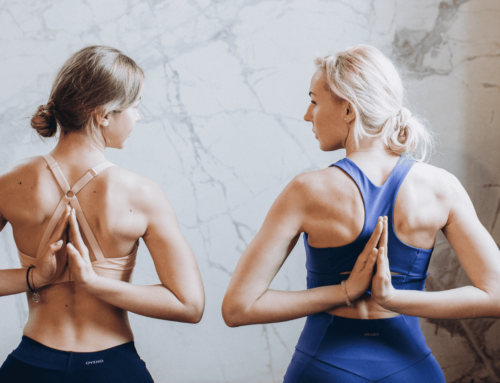Welcome to part 2 in our series. Part 1 dealt with understanding your environment. Here in part 2 we will discuss the muscles, bones, joints, and how they all work together to produce movement. We will also delve into muscular adaptation.
Your body is made up of 660 different muscles, making up for about 40% of your total body weight. A muscle has a tendon on either end, this tendon connects the muscles to the bones. Most muscles have two tendons, attaching it to bones on either side. This allows a stable bone to pull on another bone and cause it to move. Then you have your ligaments. These do not produce movement, but do provide stability between bones.
http://www.criticalbench.com/
An injury to the tendon or muscle unit will typically be called a strain, while an injury to the ligaments is usually called a sprain. These types of injuries are common with people who hit the gym itching to go after not first learning about proper technique, periodization, or rest. The best thing to do if you feel you have this happen to you is practice R.I.C.E. Rest, Ice, Compression, Elevation.
Typical goals when starting out are usually wanting to increase muscle mass (get big), increase length (get flexible), or increase strength (get strong). It is important to note that you will have to train differently for each goal.
For size, it is good to know that there are 2 basic muscle types (more if you want to delve deeper), but basically Type I, and Type II. The type you have more of is somewhat genetically predetermined, but everyone has some ratio of both. Type I are smaller in size but are much more efficient at performing activities with a lot of endurance. Type II are larger and are generally used for activities requiring more explosive power. By training for endurance vs power and with appropriate periodization, you can bias to express one over the other. Within type II are type IIa (aerobic power) and type IIb (force).
For muscle length what we were all taught in grade school PE was that 10 second holds of each stretch was good to reduce injury and increase length before exercising. WRONG. Actually, for injury prevention a more dynamic approach to stretching is now recommended using exercises that take you slowly through a motion. When it comes to actually increasing your muscle LENGTH, you are better off with 30 second holds, but to actually stimulate a change in length, you need to do this frequently, even multiple times in a day. This is because you need to convince your body to add length to this muscle. Adding small units to a muscle will actually increase the daily energy expenditure of that muscle; naturally our bodies want to conserve energy, so they need a constant stimulus to be convinced that the extra muscle is necessary. It is important to note, that the reverse is true, if you do not habitually use a muscle through it’s entire length, it will get shorter! This often leads to injury.
To gain muscle mass and strength the variables include: physical activity, nutrition, endocrine factors, and your environment. Manipulating any one of these variables can have a positive or negative effect, and manipulating multiple variables will amplify that effect.
The last thing we will cover in this lecture is types of muscle contraction. We will cover concentric, eccentric and isometric. Concentric is used to describe when you are exerting an effort and the two ends of the muscle are coming together. Eccentric is used to describe when you are exerting a force and allowing the two ends of the muscle to move further apart. Isometric is used to describe when you are exerting a force, and no movement is occurring.
Now you’re ready to move into exercise myths before we talk about goal setting, setting up a program, and avoiding injury.
Blog image: https://yogauonline.com/yoga-practice-tips-and-inspiration/yoga-teaching-tips-how-structure-yoga-class-for-specific


